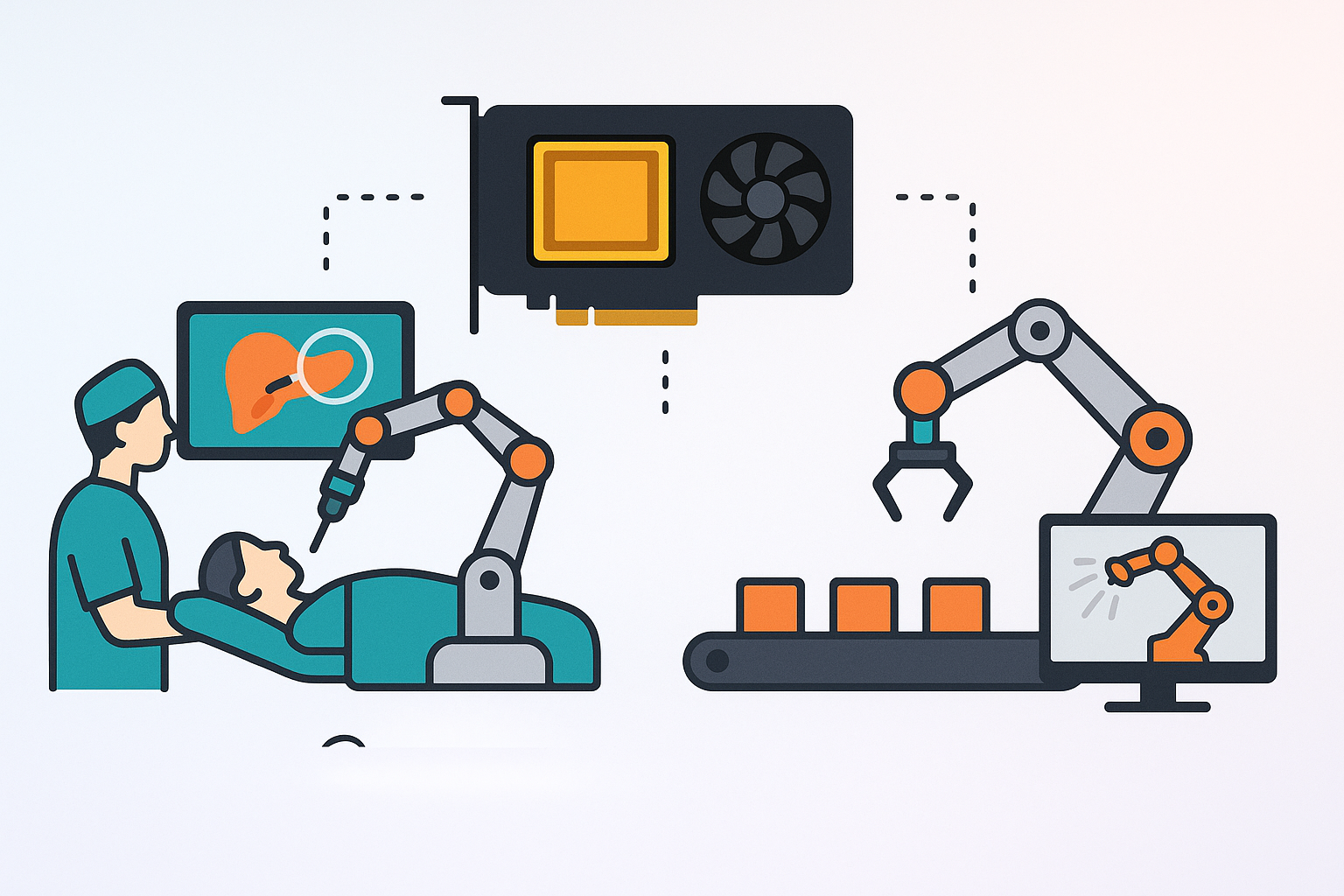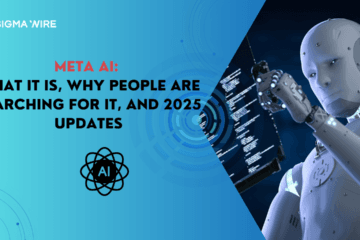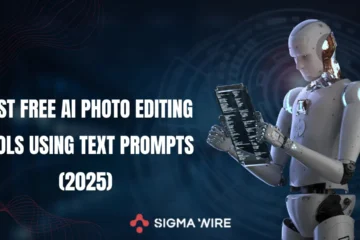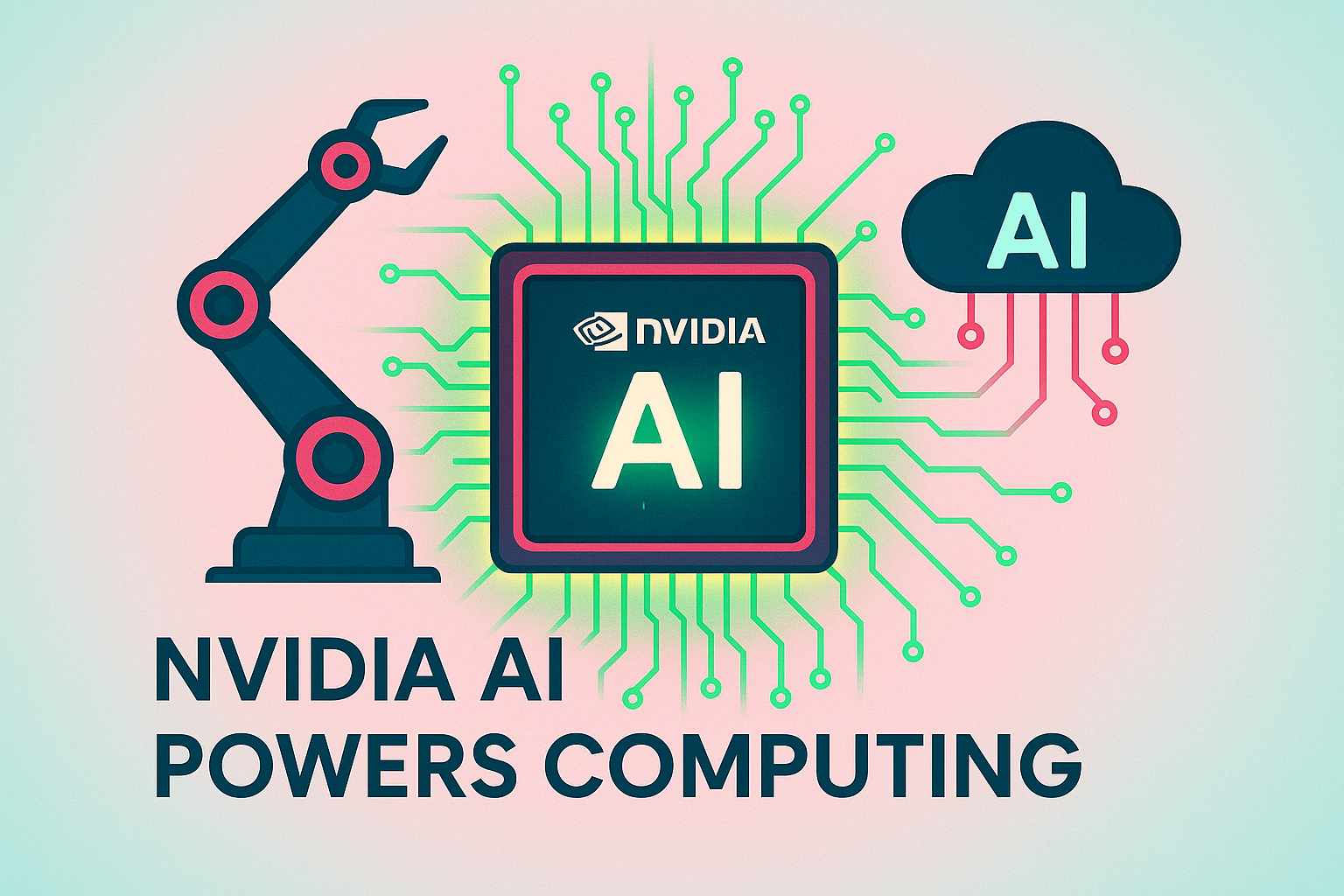
NVIDIA, widely recognized by its ticker symbol NVDA, stands at the heart of a technological surge that’s redefining artificial intelligence (AI) and computing as we know it. Best known for its expertise in graphics processing units (GPUs), NVIDIA has become a leading innovator in AI, shaping the ways researchers, enterprises, and everyday people experience technology. By consistently pushing the envelope with breakthroughs in both hardware and software, NVIDIA is making waves across AI, data science, gaming, robotics, and more.
NVIDIA’s Expanding AI Leadership
For years, GPUs were seen mainly as tools for gaming and advanced graphics. NVIDIA, however, reimagined their role—transforming GPUs into powerful engines for sophisticated AI computations. Today, the company holds a commanding share of the GPU market, thanks to its unwavering commitment to AI research and development. With their parallel processing power, NVIDIA’s GPUs are at the core of today’s breakthroughs in image recognition, natural language understanding, and autonomous technologies.
On top of this strong base, NVIDIA’s high-performance computing (HPC) solutions and specialized accelerators continue to redefine what’s possible, both in speed and efficiency. The ripple effects are tangible everywhere—not just in academic circles and industry labs, but also in products for consumers, medical diagnostics, sustainable solutions, and robotics.
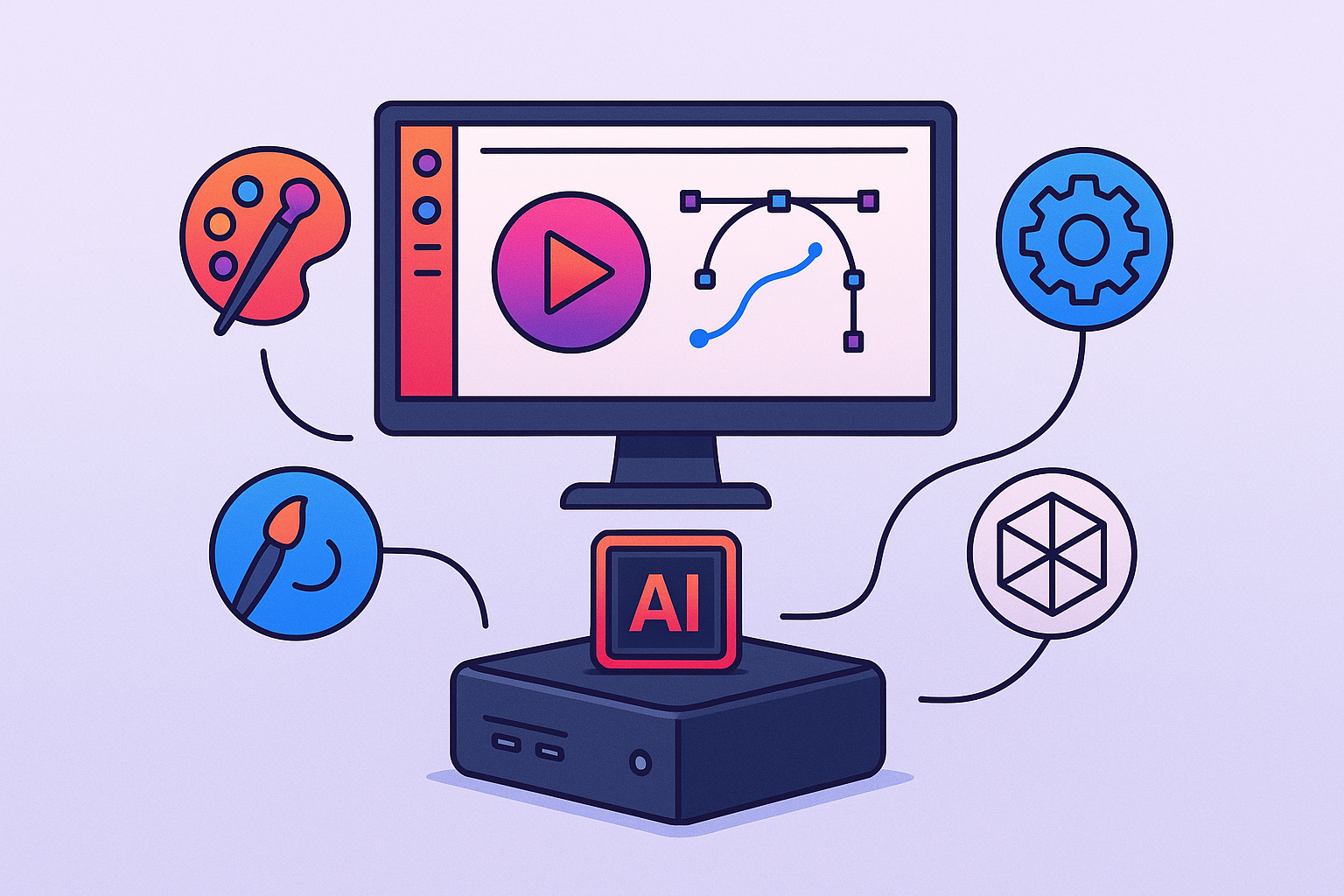
Project Digits: Personal AI for All
Among NVIDIA’s recent standout projects is Project Digits, a bold step toward making AI accessible to everyone. For around $3,000, Project Digits acts as a personal AI supercomputer, delivering a staggering petaflop of AI power, all thanks to the GB10 Grace Blackwell Superchip. With this compact powerhouse, engineers, artists, developers, and researchers can tap into AI’s potential like never before—lowering barriers and fuelling creativity and innovation on a smaller scale.
This opens the door to a wealth of possibilities—rapid prototyping for machine learning, real-time processing on edge devices, creative experimentation, and more. As personal AI technology becomes more attainable, new industries and ideas are sure to emerge, reflecting NVIDIA’s far-reaching influence.
Curious how generative AI is changing our world? Take a look at our in-depth article on the latest large language models in AI.
Next-Gen GPUs and AI-Driven Experiences
The just-released GeForce RTX 50 Series GPUs are proof of NVIDIA’s drive to bring real-time AI applications into daily life. Built on the Blackwell architecture, these GPUs deliver energy-efficient support for AI-driven rendering, ray tracing, and advanced visual effects. For gamers and creators, features like DLSS 4.0 use deep learning to boost graphics quality and smoothness—raising the bar for immersive experiences without slowing things down.
But this leap forward isn’t just about stunning visuals. It’s a clear signal of how AI is becoming the backbone of modern digital entertainment, simulation, and design. The blend of ultra-fast graphics and smart algorithms is ushering in a new era for gaming, virtual worlds, and rapid content creation—completely changing how we produce and enjoy entertainment.
Physical AI: Robotics, Vision, and Beyond
NVIDIA isn’t stopping at software and digital experiences. With platforms like NVIDIA Cosmos, it’s fueling next-level advances in robotics, self-driving vehicles, and vision AI, paving the way for machines that can safely and smartly interact with the world. NVIDIA’s solutions provide the powerful hardware and dependable software tools needed for AI training and deployment at the edge.
These advances are already making a difference—increasing robot agility, boosting vehicle independence, and making industries such as healthcare and logistics smarter and more efficient. You can already see the benefits in smoother automation and improved access to high-quality medical diagnostics.
Challenges and Industry Shifts
Despite this strong momentum, the field of AI computing is fast-evolving. One major shift is towards more open, distributed, and mixed computing methods as researchers and organizations look for flexibility and smooth integration. The ongoing debate between InfiniBand and Ethernet in data centers, for instance, highlights real challenges around ensuring fast, reliable connections—a crucial factor for building strong AI infrastructure.
Rivals like AMD and Intel are doubling down too, launching their own GPUs and diving deeper into AI-focused hardware. At the same time, big cloud providers like Google and Microsoft are emphasizing scalable, software-powered AI solutions, offering appealing alternatives for both enterprises and researchers.
For a look at how other AI-first companies and their developer tools are shaping the race, take a look at our roundup of must-have developer tools for AI projects.
AI for Good: Sustainability and Societal Impact
NVIDIA’s vision reaches far beyond gaming and commercial profits. The company is turning its AI breakthroughs toward urgent challenges facing the world. Its advanced technologies support progress in environmental science, climate modeling, and greener urban development. Health care also benefits, as faster computing aids in everything from drug research and genomics to medical imaging—helping improve accuracy, safety, and access for more people.
The growing overlap of AI, environmental responsibility, and social good is becoming a major theme for the tech world, and NVIDIA is helping to set new standards for how intelligent computing can drive positive change.
The Road Ahead: Future Opportunities
As NVIDIA continues to pour resources into research and development, its role in shaping the future of computing is only set to grow. From personal AI supercomputers like Project Digits, breakthrough GPUs, and the next chapter in robotics, to AI projects with real-world impact, NVIDIA’s path remains closely tied to the needs of innovators, industries, and society at large.
Interested in how AI is reshaping learning, creativity, and safety? Be sure to see our coverage on AI safety for children—an important look at building responsible digital spaces for the next generation.
While open computing trends, lively competition, and fast-moving developer communities continue to drive change, NVIDIA (NVDA) remains a foundational player in the unfolding story of AI-powered technology.
